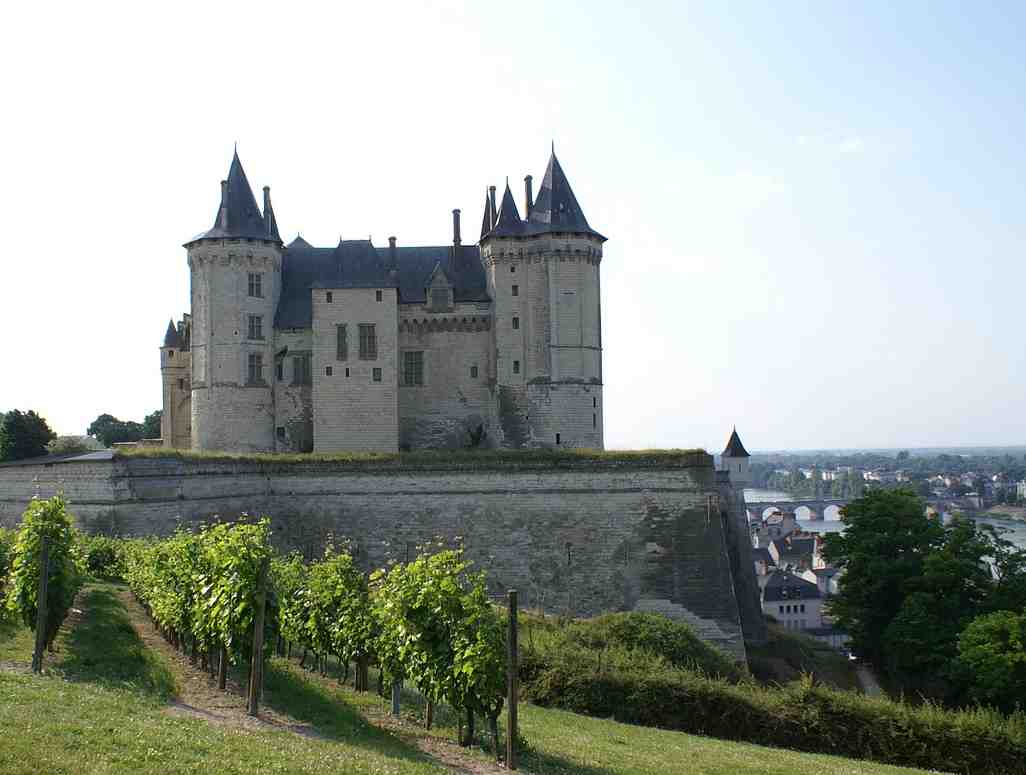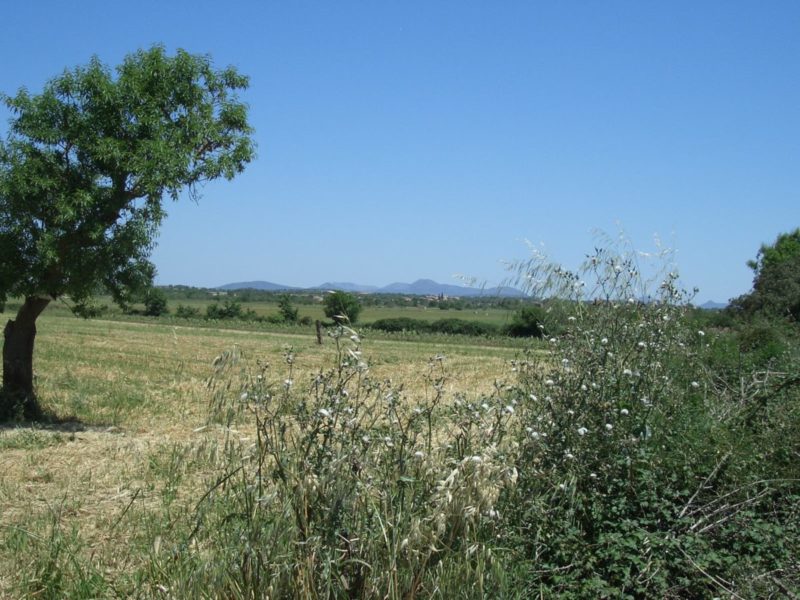
The Loire is known for its castles, unspoiled nature and the longest wine route in France. At the Loire you can find such well-known names as Muscadet, Sancerre or even Vouvray. Around the small town Vouvray and seven other neighboring communities, the eponymous wine-growing area extends in the Loire Valley east of Tours.
The vineyards are located on slopes made of tuff limestone, the top layer consists of flint clay or clay sand. The Vouvray is made in different styles from Chenin Blanc, whereby also a share of 5% Orbois Blanc is possible. Chenin Blanc is a grape variety with high-acid that produces very long-lasting wines in Vouvray.
Vouvray is produced both as sparkling wine and still wine. The still wines are dry (sec), semi-dry (demi-sec), sweet (moelleux) or noble sweet, (liquoreux). Only for dry wines, however, it is mandatory to mark this with the indication sec. For the more or less sweet variants, this obligation does not exist, but for many wines, especially sweet wines, this information can be


 lot of sweet wines, including many old TBAs in his wine cellar, from which we time by time we taste some. As a result of this fact, six of …
lot of sweet wines, including many old TBAs in his wine cellar, from which we time by time we taste some. As a result of this fact, six of … 


